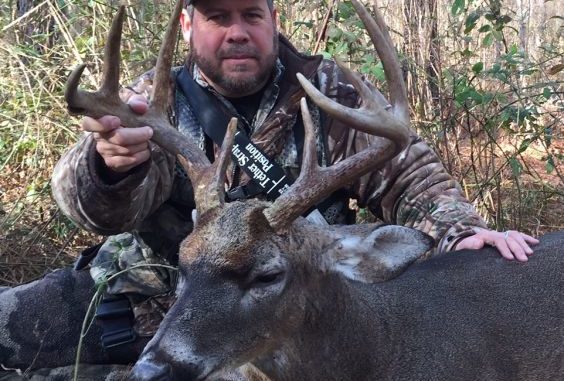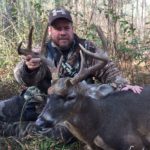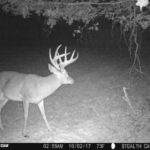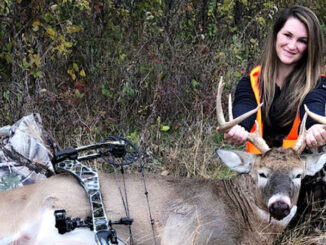
Peak of rutting, breeding activity varies greatly
It is finally here! Just like when we were kids, the wait for Christmas seemed like an eternity. So it is for me, and, I am certain, all other serious diehard deer hunters. College basketball has “March Madness” and here in the Deep South, we deer hunters have our own version; let’s call it “December Madness.” This is the silly season when bucks throw caution to the wind as they pursue estrus does.
Let’s go over a few things regarding the rut that can be critical to hunter success during December. The exact timing of rut phases is not perfectly predictable for reasons that include geographic location and weather. In general, the three whitetail rut phases that occur during December are characterized by the following:
• Seeking
This phase occurs about two weeks before peak breeding. You will see an explosion of new rubs and scrapes, plus an overall increase in buck sightings. During this phase, bucks will noticeably be on their feet more as they seek and check out females.
• Chasing
This phase, lasting approximately a week, is the transition between the seeking phase and peak breeding. For most hunters, this is an absolutely magical time when bucks are chasing does, caused by the first females coming into estrus. The bucks are ready for the show to begin, and the irresistible lure of estrus, breed-ready does, drives bucks into a frenzy. Some hunters, based on past observation, will intentionally schedule their vacations to overlap the chase phase. I know that it is one of my favorite times to be in the woods.
• Peak breeding
When the breeding season peaks, most does that are mature enough to breed are in estrus and being tended by bucks. Hunters will see overall deer movement slow down considerably, and when bucks are seen, they tend to be with does. The estrus does are basically in charge of buck-movement patterns.
Bear in mind that there is overlap between the latter part of one phase and the early part of the phase that follows. For hunters, the best advice I can offer is to be in the woods as often as possible. It can be very helpful, though, when it comes to making the best use of your available time, to have some idea of when the peak of breeding occurs in your specific hunting area.
Find a resource that gives you a “simulated mean conception date” for any specific region. The key is that observable rutting activity peaks about two weeks before the mean breeding date. This makes it extremely simple for a hunter to find the mean conception date for his area, then subtract about two weeks to obtain the peak of rutting activity. This sounds like a wonderful tool for scheduling days-off in December to increase your odds of seeing the most buck activity possibly.


